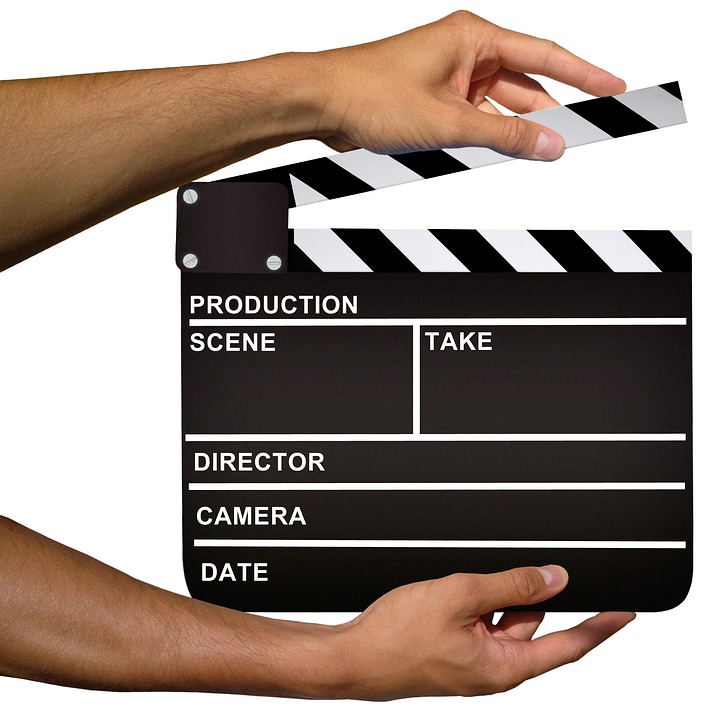From Script to Screen: Exploring the Art of Film-making
Movies have captivated audiences for over a century. Each frame we see on the big screen is a result of meticulous planning, creative vision, and technical expertise. Behind every successful film lies the intricate and fascinating process of film-making, a journey that takes a story from script to screen.
At the heart of this process is the script, the blueprint of a film. Writers meticulously craft the story, dialogue, and characters, laying the foundation for what will become a visual masterpiece. A well-written script not only reflects the intentions of the filmmaker but also captivates the audience, evoking emotions and creating memorable moments.
Once the script is complete, the project enters pre-production. This phase is where directors and producers bring the script to life. They assemble a team, including actors, cinematographers, production designers, and costume designers, among many others, each with their own specific roles and expertise. The director plays a pivotal role in shaping the creative vision of the film, collaborating with the various departments to ensure that the vision translates onto the screen.
During pre-production, the team works on storyboarding, creating a visual representation of each scene. It helps to plan the shot composition, camera movements, and overall visual tone of the film. These storyboards act as a visual roadmap for every frame, providing a blueprint for the director, cinematographer, and the crew.
Once the pre-production phase is complete, the film moves into production. This is the phase where the actual filming takes place. The set comes alive with actors, cameras, and a flurry of activity. The director works closely with the actors, guiding them to deliver performances that accurately portray their characters. The cinematographer collaborates with the director to capture each scene’s mood and atmosphere, using lighting, camera angles, and composition to enhance the storytelling.
Simultaneously, the art department brings the script to life through production design and set decoration. These creative teams meticulously design and build the physical environment, ensuring it aligns with the narrative and supports the story’s visual requirements.
Once the principal photography is complete, the film enters post-production. This is where the footage captured during production is edited and transformed into a cohesive story. Editors piece together the scenes, choosing the best takes and arranging them in a way that engages the audience. Sound designers and composers create and integrate sound effects and music to elevate the emotional impact of the film.
Visual effects artists add computer-generated imagery (CGI), enhancing the film’s visual aesthetics and creating illusions beyond the limits of reality. These effects range from small things like removing wires or imperfections to creating massive, fantastical landscapes or bringing virtual characters to life.
The final step in this elaborate process is distribution. Films are showcased in cinemas, on-demand platforms, and other media outlets, allowing audiences around the globe to experience the magic of storytelling on the big screen. The impact, success, and reception of any film are often measured by the response it evokes from its audience.
Film-making is a true art form, demanding a seamless blend of creativity and technical skill. It requires a collaborative effort from a diverse array of professionals, each passionate about their craft. From the initial spark of an idea to the film’s final release, the journey from script to screen showcases the immense dedication, talent, and innovation that goes into creating the movies we love.

